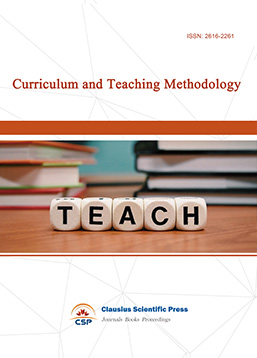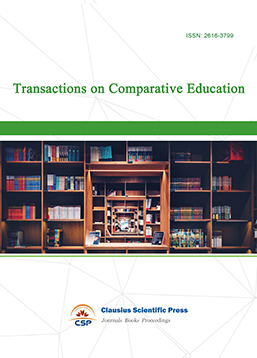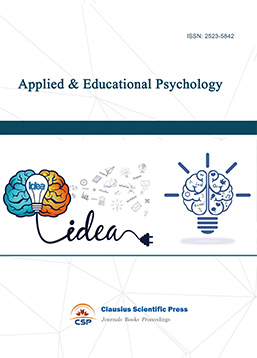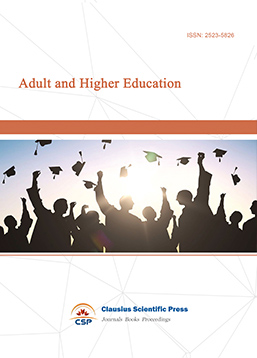Blended Teaching Based on "Learning-Centered" in "Mechanical Equipment Structural Design"
DOI: 10.23977/aetp.2025.090606 | Downloads: 9 | Views: 204
Author(s)
Zhang Yongliang 1, Li Qian 1, Wang Han 1
Affiliation(s)
1 School of Mechanical Engineering, University of Shanghai for Science and Technology, Shanghai, 200093, China
Corresponding Author
Zhang YongliangABSTRACT
Addressing the challenges in the core course "Mechanical Equipment Structural Design" of mechanical major, such as the difficulty of teaching content, insufficient student engagement and follow-through during class, and the contradiction between the timeliness of textbook content and the cultivation of student innovation capability, the implementation of a "PAD Class" model based on an online-offline blended teaching approach was proposed, and a corresponding comprehensive assessment system was also established to enhance the "Advancement, Challenge, and Innovation" of the course teaching and ensure teaching quality.
KEYWORDS
Mechanical Equipment, Blended Teaching, Learning-Centered, PAD ClassCITE THIS PAPER
Zhang Yongliang, Li Qian, Wang Han, Blended Teaching Based on "Learning-Centered" in "Mechanical Equipment Structural Design". Advances in Educational Technology and Psychology (2025) Vol. 9: 37-41. DOI: http://dx.doi.org/10.23977/aetp.2025.090606.
REFERENCES
[1] Dufour, R. (2002). The learning-centered Principal. Educational Leadership Journal of the Department of Supervision & Curriculum Development, 59(8), 12-15.
[2] Yu Xinjie. (2019) Curricular ideology and politics in the Core Courses of Science and Engineering - Why and How. China University Education, 9, 56-60.
[3] Zhang Yongliang, Li Qian, Wang Han, Integration of Ideological Education and Curriculum Teaching on "Mechanical Equipment Structural Design", Advances in Educational Technology and Psychology, 2024, Vol.8, No.3, 153-158.
| Downloads: | 48060 |
|---|---|
| Visits: | 2077006 |

 Download as PDF
Download as PDF



